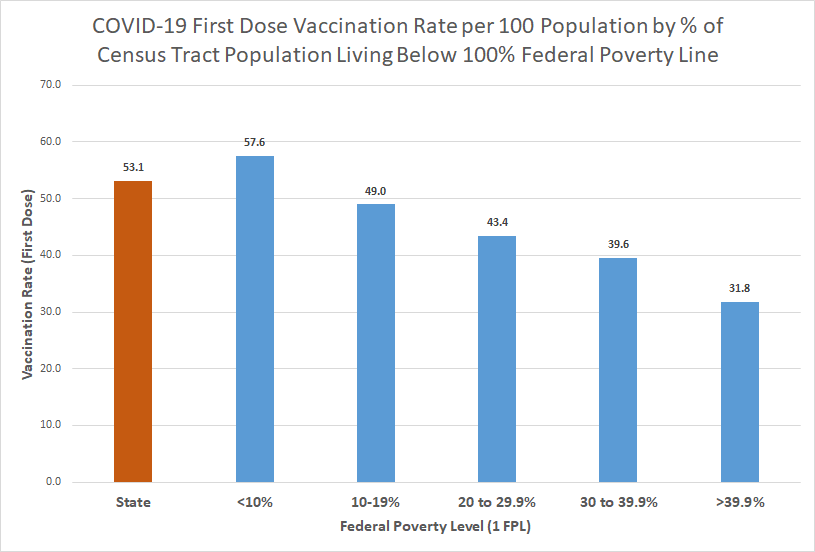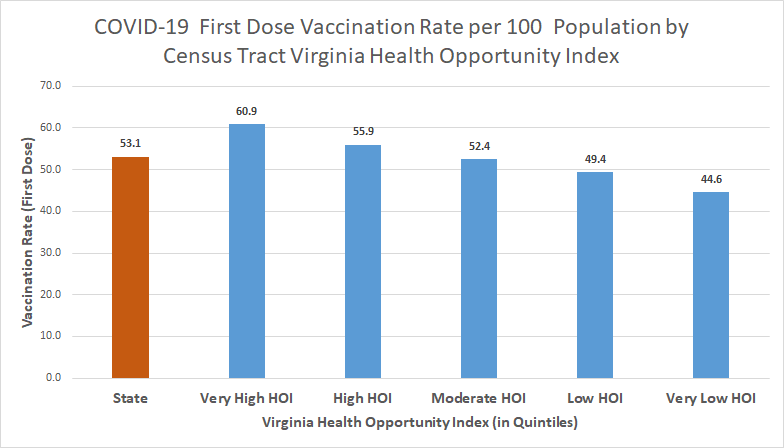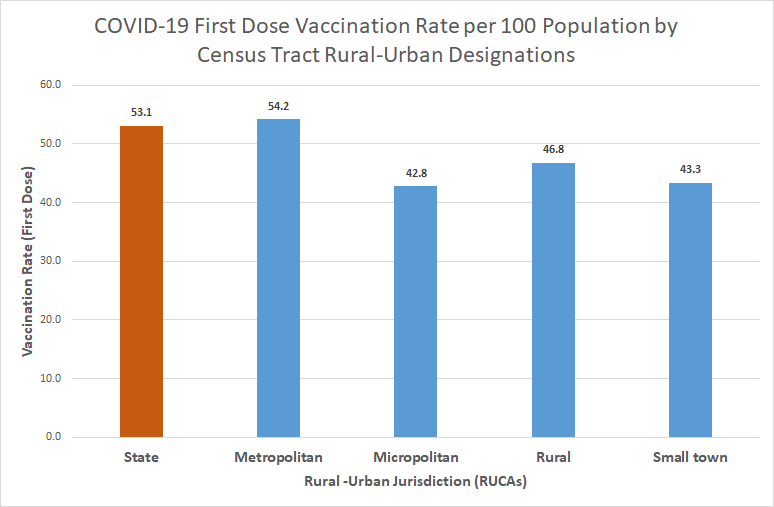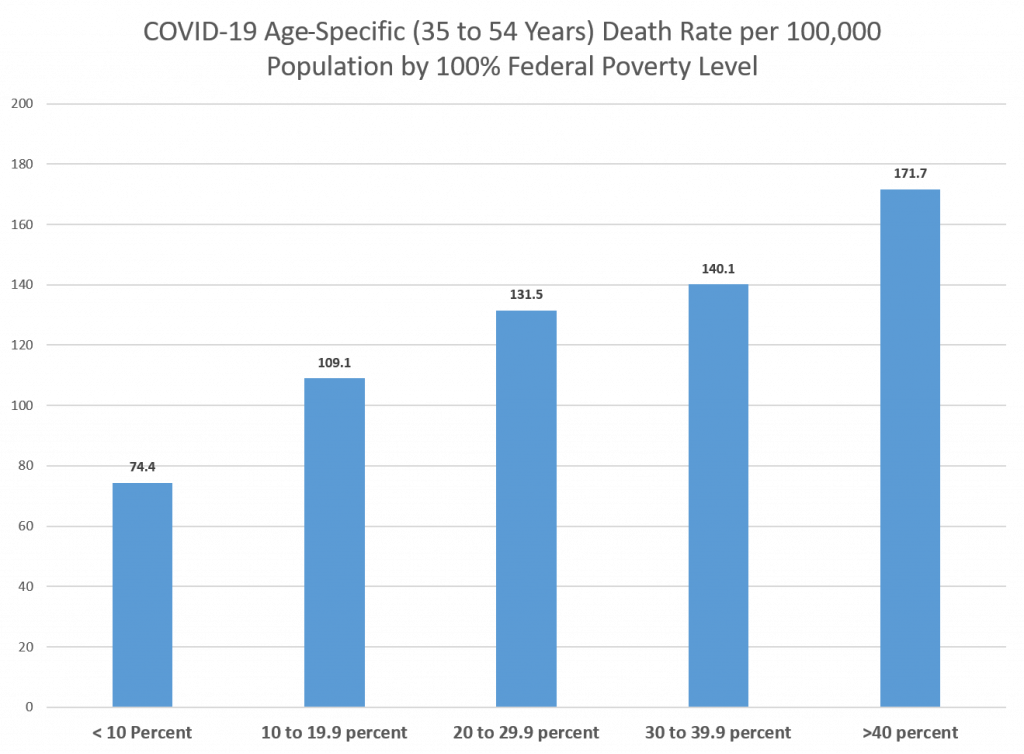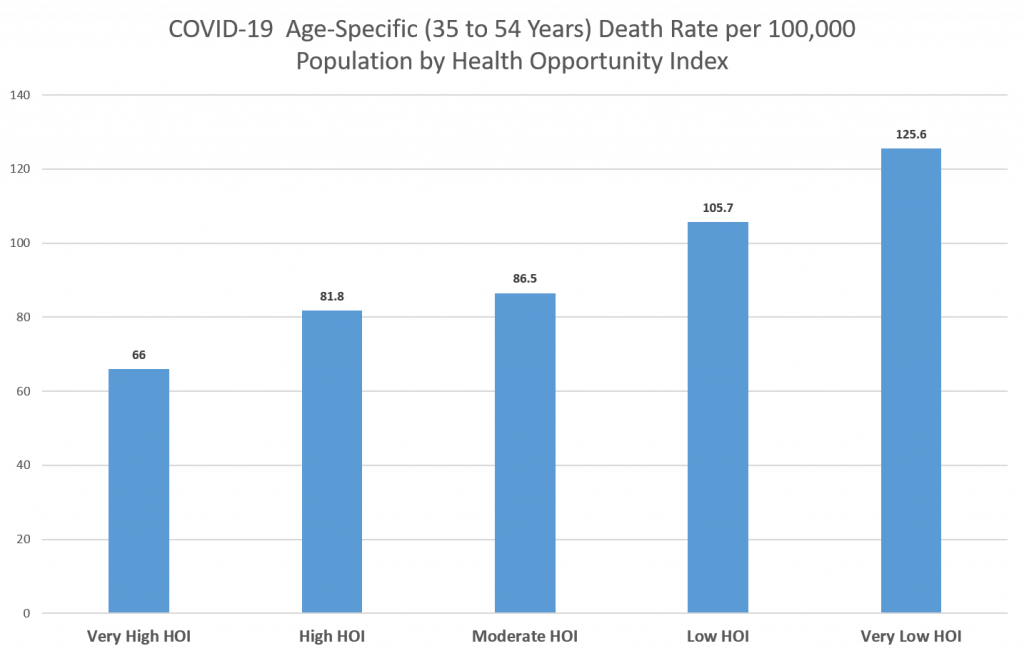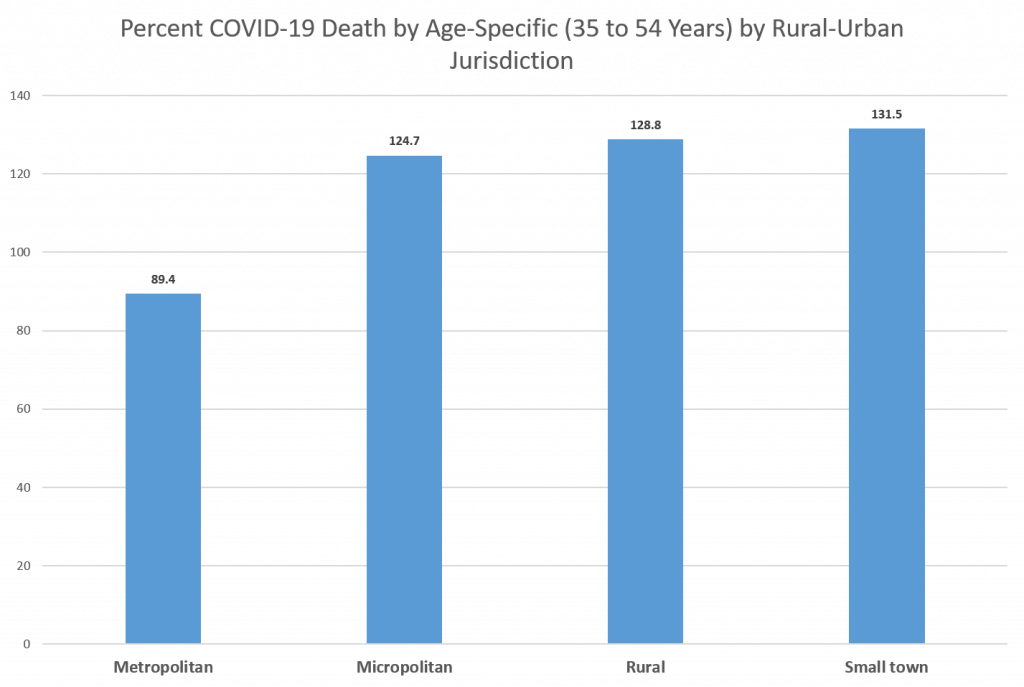By Priya Pattath, Ph.D, MPH & Michael Landen, MD, MPH
Eviction Moratoriums and COVID-19
Evictions threaten to increase the spread of COVID-19 by increasing homelessness and crowding while interfering with key public health interventions such as isolation, quarantine, social distancing and contact tracing. Historically, evictions and housing displacement have been drivers of health inequity and can be particularly harmful to individual and public health during a pandemic. Populations with higher rates of COVID-19 cases, hospitalizations and death, such as African American and Hispanic populations, are more likely to face eviction which may further exacerbate COVID-19 disparities. Specifically, 80% of persons facing eviction are people of color. Reducing evictions through eviction moratoriums helps reduce COVID-19 transmission and supports public health measures.
Evictions
Many people are at risk of eviction. When the COVID-19 pandemic began in the United States, about 20.8 million renter households (47.5% of all renter households) were already rental cost-burdened. In Virginia, 499,000 households (46.1% of renter households) are rental cost-burdened, with higher percentages for Black (53.3%) and Hispanic (55.9%) households. In 2020 women and people of color were severely affected by the COVID-19 pandemic and associated economic fallout. 51.7% of individuals that were filed against for eviction since March 15, 2020 were women.
Eviction rates are not the same throughout the country. Using data from Princeton University’s Eviction Lab and the RVA, researchers at the Federal Reserve Bank of Richmond found that localities in Virginia, North Carolina, and South Carolina rank among cities with the most evictions in the country. In Virginia in 2016, the eviction rate was 5.1% compared to 2.8% for the U.S. Richmond had the second highest eviction rate among large cities in the United States in 2016, with an eviction rate of 11.4%, while Hampton, Newport News and Chesapeake ranked 3rd, 4th and 10th, respectively with eviction rates of 10.5%, 10.2% and 7.9%, respectively. Among mid-size cities in the United States with the highest eviction rates, Petersburg, Hopewell and Portsmouth ranked 2nd, 4th and 5th, respectively with eviction rates of 17.6%, 15.7% and 15.1%, respectively. Data from the RVA Eviction Lab, also analyzed by Richmond Fed researchers, show that state and federal policies addressing the evictions were effective early in the pandemic. Compared to 2019, filings and judgments in Virginia fell significantly between January and July of 2020. However, their effectiveness may have waned, with more than 10,500 eviction filings and 4,500 eviction judgments issued between July and September.
Evictions and COVID-19
Evictions have been shown to increase homelessness and household crowding as people lose regular housing or move into someone else’s home. Both homelessness and household crowding have been shown to increase the risk of COVID-19. Individuals experiencing homelessness are at increased risk of severe COVID-19 due to a lack of safe housing and the high prevalence of risk factors for COVID-19 in this population. In New York City among pregnant women, neighborhood socioeconomic status and household crowding were associated with the risk of COVID-19.
Recent studies have also shown that lifting eviction moratoriums was associated with increased COVID-19 incidence and mortality in various states with effects growing over time. One study pending peer review examined whether lifting eviction moratoriums was associated with COVID-19 incidence and mortality. Among 44 states that had eviction moratoriums in place during March–September 2020, twenty-seven states (61%) lifted their moratoriums during the study period. The study found that 16 weeks after eviction moratoriums were lifted, COVID-19 incidence was twice that of states that kept their moratoriums and COVID-19 mortality was 5.4 times greater translating to a total of 433,700 excess cases and 10,700 excess deaths. The study also suggested that effects grew over time, perhaps due to displacement, crowding, and homelessness as evictions proceeded.
A recent simulation study pending peer review demonstrated that, by forcing households to merge, evictions can alter the shape of COVID-19 epidemic curves in U.S. cities. The study modeled the effect of evictions on SARS-CoV-2 epidemics, simulating viral transmission within and among households in a theoretical metropolitan area. By applying the model to Philadelphia using locally specific parameters, the researchers showed that infections particularly increase in heterogeneous cities where both evictions and contacts occur more frequently in poorer neighborhoods.
Evictions may interfere with key public health measures for reducing COVID-19. Evictions may interrupt COVID-19 quarantine and isolation. Because of an acute change of address, both case investigation and contact tracing may be harder to complete. Evictions may also lead to lower access to COVID-19 testing and access to care by driving families to poorer, under resourced neighborhoods and medically underserved geographic areas.
Interventions
For these reasons, the Centers for Disease Control and Prevention issued an order to temporarily halt residential evictions nationwide effective September 4, 2021 to prevent the spread of COVID-19 by facilitating self-isolation, supporting stay-at-home and social distancing, and thus reducing the risk of overcrowded living environments. The order has been renewed to continue until January 31, 2021.
The initial financial stimulus from the Coronavirus Aid, Relief, and Economic Security (CARES) Act included both direct payments and enhanced unemployment benefits. Additional COVID financial relief through additional direct payments, extended unemployment benefits and rental assistance was provided at the end of December 2020 through another COVID relief package.
During the pandemic, many states have issued additional eviction bans and provided financial assistance programs. The District of Columbia offers the most comprehensive assistance by suspending all eviction proceedings. Virginia has a rent and mortgage relief program to assist households facing evictions due to COVID-19. Administered by the Virginia Department of Housing and Community Development, the Virginia Rent and Mortgage Relief Program may provide one-time payments, with an opportunity for renewal, to persons with financial need for past due rent or mortgage payments beginning April 2020.
Conclusions
Evidence strongly supports the use of eviction moratoriums and other eviction prevention efforts to reduce COVID-19 and its complications. Evictions are more common among those groups that already are experiencing a greater burden from COVID-19. Evictions increase homelessness and household crowding. Homelessness and household crowding are associated with an increased risk of COVID-19. And evictions interfere with key public health measures such as isolation, quarantine, social distancing and contact tracing. Therefore, eviction moratoriums and related policies should be effective at reducing COVID-19 cases until transmission has declined substantially, which may not occur until the summer of 2021.
References
Benfer EA, Vlahov D, Long M et al. (in press). Eviction, Health Inequity, and the Spread of COVID-19: Housing Policy as a Primary Pandemic Mitigation Strategy. Journal of Urban Health (in press).
CDC (2020). Federal Register Notice: Temporary Halt in Residential Evictions to Prevent the Further Spread of COVID-19. https://www.cdc.gov/coronavirus/2019-ncov/downloads/eviction-moratoria-order-faqs.pdf
Dolkart P & Norris S (2020). Is a Wave of Evictions Coming? Regional Matters. Federal Reserve Bank of Richmond.
Emeruwa UN, Ona S, Shaman JL et al. (2020). Association between Built Environment, Neighborhood Socioeconomic Status, and SARS-CoV-2 Infection among Pregnant Women in New York City. JAMA. 2020;324(4):390-392.
Eviction Lab (2020). Princeton University.
Greenberg D, Gershenson C & Desmond M (2016). Discrimination in Evictions: Empirical Evidence and Legal Challenges. Harvard Civil Rights-Civil Liberties Law Review. 2016;51(1):115-158.
Harvard Joint Center for Housing Studies (2020). America’s Rental Housing 2020 Report.
Leifheit KM, Linton SL, Raifman J et al. (2020). Expiring Eviction Moratoriums and COVID-19 Incidence and Mortality November 30, 2020.
Lemmerman E, Louis R & Hepburn P (2020). Preliminary Analysis: Who is being filed against during the pandemic? Eviction Lab. Princeton University.
Perri M, Dosani N & Hwang SW (2020). COVID-19 and People experiencing Homelessness: Challenges and Mitigation Strategies. 2020;192:E716-E719.
Sheen J, Nande A, Walters EL et al. (2020). The effect of eviction moratoriums on the transmission of SARS-CoV-2. medRxiv. Published online November 1, 2020:2020.10.27.20220897.
Streeter RA, Snyder JE, Kepley H et al. (2020). The geographic alignment of primary care Health Professional Shortage Areas with markers for social determinants of health. PLOS ONE 15(4): e0231443.
